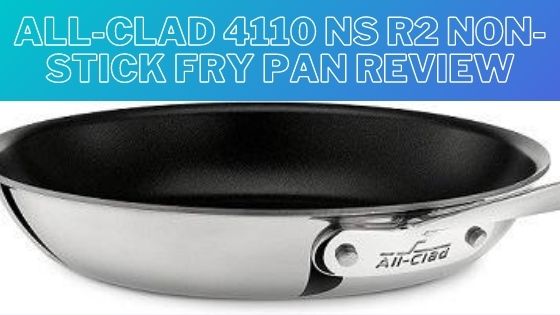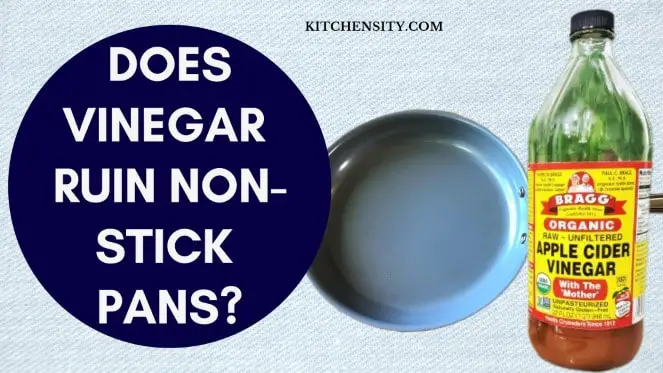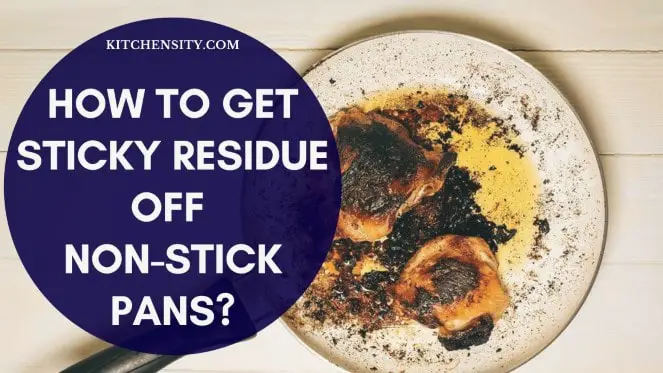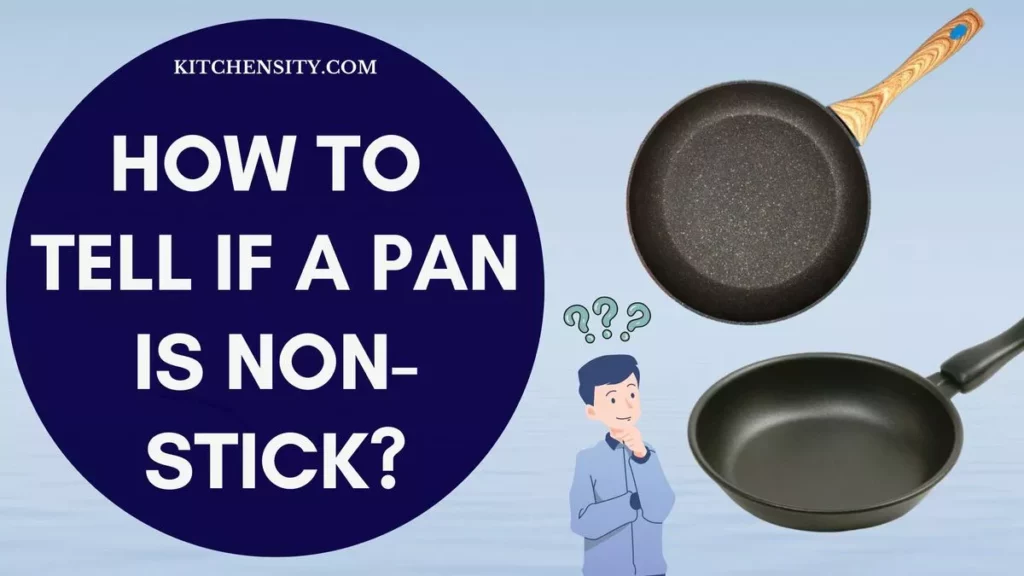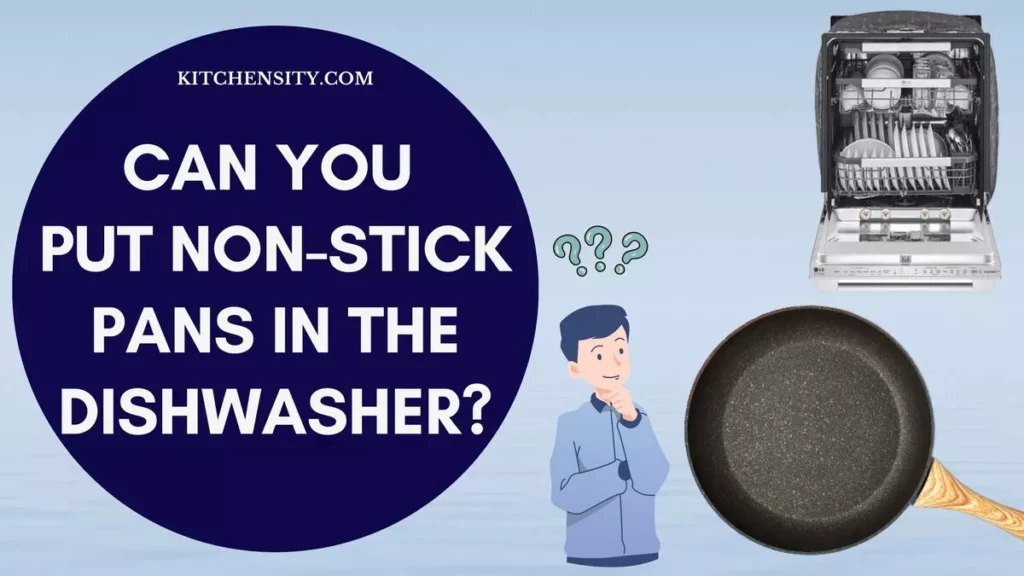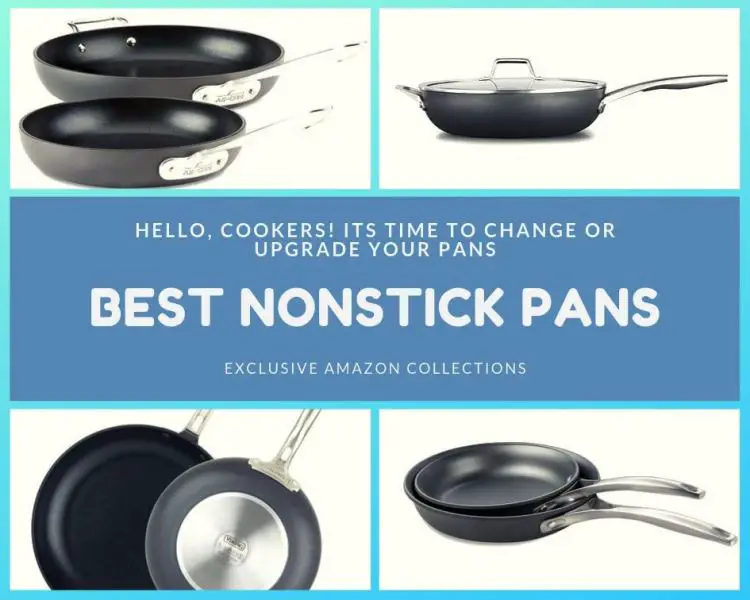Inexperienced in using non-stick cookware? Don’t worry, we’ve got you covered. This guide provides essential tips to help beginners get the most out of their non-stick pans, ensuring a smoother cooking experience and prolonging the lifespan of these kitchen essentials.
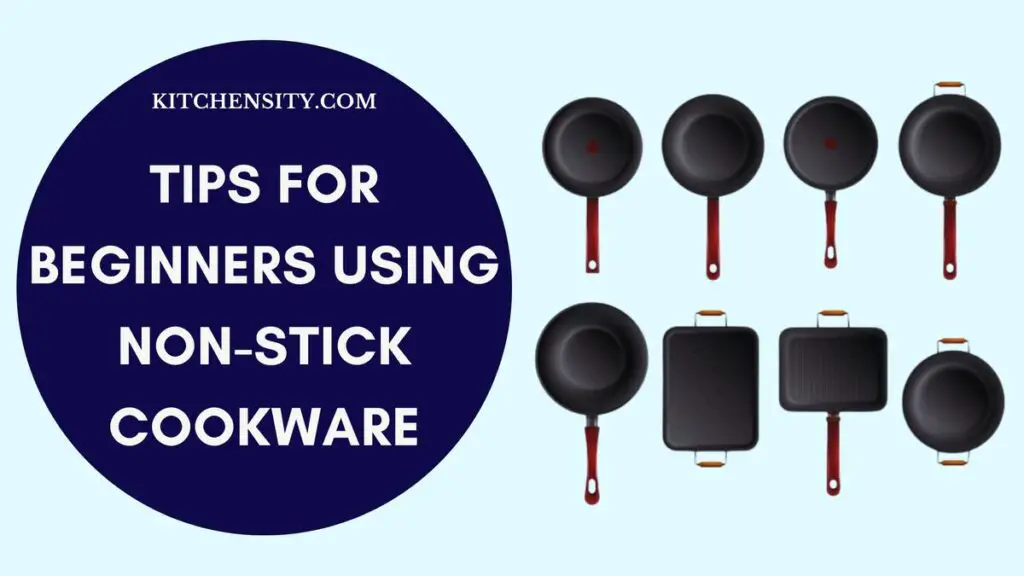
Table of Contents
Tips For Beginners Using Non-Stick Cookware.
Here are ten tips for beginners using non-stick cookware:
- Cook over low to medium heat to prevent damaging the non-stick coating.
- Avoid using metal utensils, which can scratch and damage the non-stick surface.
- Use only silicone, nylon, or wooden utensils to avoid scratching the non-stick surface.
- Avoid using cooking sprays as they can build up difficult-to-remove residue.
- Allow the pan to cool before washing to avoid warping.
- Hand wash your non-stick cookware with mild soap and a soft sponge.
- Avoid using abrasive cleaners or scrubbers that can damage the non-stick surface.
- Store your non-stick cookware carefully to prevent scratching.
- Use a paper towel or cloth to apply a thin layer of oil to the pan before storing it to maintain the non-stick coating.
- Replace your non-stick cookware if the coating becomes scratched or starts to peel.
Also Read – Myths And Facts Of Non-Stick Cookware
How To Choose The Right Non-Stick Cookware?
When choosing non-stick cookware, it’s essential to consider factors such as the material, size, brand, coating quality, and compatibility with your cooking appliances. Each of these aspects can impact the cookware’s performance, durability, and suitability for your specific cooking needs.
- Material: Non-stick cookware comes in various materials, such as aluminum, stainless steel, or ceramic. Each material has its advantages and disadvantages in terms of heat conduction, durability, and ease of cleaning. Consider which material best suits your cooking style and needs.
- Size: Non-stick cookware comes in a range of sizes, from small saucepans to large skillets and woks. Consider the types of meals you typically cook and the portion sizes you need to determine the best sizes for your cookware collection.
- Brand: Choosing a reputable brand can ensure the quality and performance of your non-stick cookware. Look for brands known for their durability, non-stick coatings, and overall customer satisfaction.
- Coating Quality: Pay attention to the quality of the non-stick coating. Look for cookware with multiple layers of non-stick coating, as this can enhance durability and performance.
- Compatibility: Consider the compatibility of the cookware with your cooking appliances, such as induction stovetops or ovens. Ensure that the cookware you choose is suitable for your cooking environment.
It’s important to do some research and consider how these factors align with your preferences. This will help you to make your purchase easier.
Also Read – Types Of Non-Stick Coatings
What Not To Do With Non-Stick Pans?
When using non-stick pans, it’s important to avoid certain practices to maintain their effectiveness and longevity. Firstly, it’s best to avoid cooking at high temperatures, as excessive heat can damage the non-stick coating. Secondly, using metal utensils should be avoided, as they can scratch the coating. Instead, opt for wooden or silicone utensils. Harsh cleaners and abrasive scrubbing pads should also be avoided during cleaning, as they can damage the non-stick surface.
When storing non-stick pans, it’s important not to stack them, as this can lead to scratches. Also, using cooking sprays is not recommended, as they can leave a residue that affects the non-stick properties of the pan. Finally, it’s crucial not to overheat non-stick pans, as this can cause damage to the coating.
This is a saying from Chef Gordon Ramsay – “Non-stick cookware can be a game-changer for beginners in the kitchen. It offers an easy way to cook with less oil and makes cleanup a breeze.”
What To Do When Non-Stick Pans Start Sticking?
When non-stick pans start sticking, it’s essential to assess the situation carefully. Begin by examining the pan for any signs of damage, such as scratches or worn-out coating. If the pan appears to be in good condition, a thorough cleaning with mild dish soap and a soft sponge or cloth may help. Avoid using abrasive cleaners or scrubbers, as they can worsen the issue.
Also, consider re-seasoning the pan by applying a thin layer of oil to the cooking surface and heating it on low to medium heat for a few minutes. This process can sometimes rejuvenate the non-stick properties. It’s also crucial to ensure you’re cooking at the appropriate temperature and using the right utensils to avoid further damage. If these steps don’t resolve the sticking issue, it may be time to replace the pan, as prolonged use can lead to natural wear and tear of the non-stick coating.
Also Read – Environmental Impact Of Non-Stick Cookware
What To Do For Mild Sticking?
To address mild sticking on your non-stick pan, follow these steps:
- First, wash your pan with warm soapy water and a soft sponge or dishcloth. Avoid harsh abrasives like steel wool or scouring pads, as these can damage the non-stick coating. Rinse well and dry completely.
- After that, heat a thin layer of oil (grapeseed or avocado oil works well) in the pan on low heat for 5 minutes. Let the pan cool, then wipe away any excess oil with a paper towel. This helps to replenish the non-stick surface.
- Next, don’t preheat your pan on high heat, as this can damage the non-stick coating. Start with medium heat and let the pan warm up gradually before adding oil or food.
- While non-stick pans are meant to require less oil, some sticking can still occur if you don’t use enough. Add a thin layer of oil or cooking spray before adding your food.
- Also, overcrowding can lead to uneven cooking and sticking. Cook food in batches if necessary.
- Lastly, stick to silicone or wooden spatulas to avoid scratching the non-stick coating.
What To Do For Moderate Sticking?
- Try a baking soda soak: Fill the pan with warm water and add a few tablespoons of baking soda. Let it sit for 30 minutes to an hour, then scrub gently with a soft sponge. Rinse well and dry completely.
- Vinegar steam: Add a cup of water and half a cup of white vinegar to the pan and bring it to a boil. Let it simmer for 5 minutes, then turn off the heat and let it sit for another 15 minutes. Wash and dry the pan as usual.
- Salt scrub: Sprinkle a generous amount of salt on the bottom of the cold pan and rub it in with a damp paper towel. Rinse and dry thoroughly.
If all else fails, consider replacing the pan. Unfortunately, if your pan is badly scratched or the non-stick coating is significantly damaged, it may be time to invest in a new one. Look for pans with durable, PFOA-free coatings, and avoid using harsh abrasives to prolong their lifespan.
Some Additional Tips.
- Never put a hot non-stick pan in the refrigerator or plunge it into cold water, as this can cause thermal shock and damage the coating.
- Don’t use non-stick pans for broiling or under high heat in the oven, as this can also damage the coating.
- Handwashing is generally recommended for non-stick pans, as dishwashers can be harsh and shorten their lifespan.
Also Read – Do Chefs Use Non-Stick Cookware?
Final Thoughts: Tips For Beginners Using Non-Stick Cookware.
So, utilizing non-stick cookware effectively requires a blend of careful maintenance, proper usage, and attention to detail. If beginners follow these tips, they can enhance their cooking experience as well as prolong the lifespan of their non-stick cookware. Always prioritize gentle cleaning, avoid high heat, and use the right utensils to ensure that your non-stick pans remain in excellent condition.
Also, being mindful of signs of wear and tear and knowing when to replace your old cookware is crucial for maintaining a functional and safe kitchen. With a little practice and attention to detail, you’ll soon be cooking like a pro with your non-stick cookware.
This is a saying from Jessica, a home cook. “I love using non-stick cookware because it makes cooking and cleaning up so much easier. It’s perfect for beginners like me!”
Also Read – What Recipes Work Best With Non-Stick Pans?
Frequently Asked Questions (FAQs)
-
What To Do Before Using A Non-Stick Pan For The First Time?
Before using a non-stick pan for the first time, wash it with warm, soapy water, rinse, and dry thoroughly. Then, apply a thin layer of cooking oil to the interior surface and heat the pan gently for a few minutes to season it before cooking.
-
Can I Use Metal Utensils With Non-Stick Cookware?
It’s generally best to avoid metal utensils with non-stick cookware, as they can scratch the coating. Opt for silicone, wood, or plastic utensils to preserve the non-stick surface.
-
How Should I Clean Non-Stick Cookware?
Clean non-stick cookware with a soft sponge or cloth and mild dish soap. Avoid abrasive cleaners or scrubbing pads, as they can damage the non-stick coating.
-
Is It Safe To Use Non-Stick Cookware At High Temperatures?
Non-stick cookware should be used in low to medium heat settings. High heat can damage the non-stick coating and reduce its effectiveness.
-
Can I Use Non-Stick Cookware In The Oven?
Check the manufacturer’s instructions for your specific cookware, but most non-stick pans are oven-safe up to a certain temperature. Avoid using them under the broiler or at excessively high temperatures.
Katrina Smith is a seasoned expert with over 25 years of experience in all things related to cooking and the kitchen. As an avid cook and kitchen enthusiast, she is passionate about sharing her knowledge and expertise on cookware, kitchen appliances, kitchen tips, and kitchen staples.
Through her articles and reviews, Katrina aims to inspire and help others improve their cooking skills, experiment with different ingredients, and invest in quality cookware and appliances.

